In today’s ever-evolving digital age, where memes, usernames, digital art, and microcultures emerge overnight, the term “Girlswalloed” stands out as one of those mysterious yet intriguing concepts. Though the origins and specific definitions may vary depending on context, Girlswalloed has begun to develop its own identity across social media platforms, online forums, and niche internet communities. This article explores the nature, interpretations, cultural symbolism, and potential significance of the term Girlswalloed, unpacking its digital relevance and the way it taps into broader themes of femininity, online aesthetics, and subversive identity.
Table of Contents
ToggleThe Aesthetic Roots of “Girlswalloed”
While Girlswalloed is not a mainstream term (at least not yet), it carries a resonance similar to many aesthetic-driven internet phenomena. Linguistically, the word appears to be a blend or a stylized construction—perhaps a fusion of “girls” and “swallowed” or “wallowed”—evoking vivid imagery of immersion, transformation, or being consumed by something larger. This layered meaning aligns with how the internet often creates new terminology that captures emotions or concepts that feel too complex for traditional labels.
Online, such phrases often take life as usernames, hashtags, or identifiers among communities that prize individuality while also belonging to shared subcultures. Think of Girlswalloed as a label someone might adopt on Tumblr, TikTok, or Instagram—one that signals an alignment with a certain type of online mood: melancholic, romantic, chaotic, hyperfeminine, or emotionally intense. It’s part of a trend that emphasizes deep feeling, the blurring of self with art or chaos, and the rejection of traditional structure or identity.
Symbolism and Emotional Undertones
At its core, the term Girlswalloed suggests a psychological state. The suffix “-wallowed” could refer to wallowing in emotion—grief, longing, joy, desire, or even internet nostalgia. When paired with “girls,” it paints a picture of young women or femme identities immersed in complex, often contradictory emotional experiences.
It reflects a certain type of digital femininity that has been taking shape over the past decade. From the sad-girl aesthetic of Lana Del Rey fans to the chaotic energy of alt-TikTok creators, from pink-tinted photo dumps to emotionally vulnerable threads on Twitter, this kind of expression is deeply tied to identity performance. Girlswalloed becomes not just a username—it’s an embodiment of a feeling, a mood, a way of seeing and presenting oneself.
This emotional palette includes a fascination with soft yet haunting visuals—faded flowers, vintage film filters, rain-soaked windows, angel wings, glitter tears, cigarette smoke, and handwritten poetry. It’s about being overwhelmed—in love, in thought, in digital stimulation. It’s both poetic and performative.
The Role of Anonymity and Alter Egos
The use of usernames like Girlswalloed also ties into a broader phenomenon: the rise of anonymous or semi-anonymous online identities. In a world where everyone is expected to brand themselves with carefully curated photos and achievements, many users are rebelling by adopting mysterious or emotionally loaded usernames. These names become digital masks, alter egos that allow for unfiltered expression.
In this way, Girlswalloed is not just a screen name—it’s an identity shield. It permits vulnerability without direct personal consequence. Behind such a name, one can post late-night thoughts, reblog dreamlike visuals, share intimate playlists, or express existential dread. It is a form of online performance art—crafted yet sincere, veiled yet revealing.
Feminine Chaos and Reclaiming Power
There’s also a sense of subversion embedded within the concept of Girlswalloed. It resists the polished, brand-friendly version of femininity that dominates platforms like Instagram or LinkedIn. Instead, it embraces chaos, mood swings, sadness, and contradiction. It celebrates being “too much”—too emotional, too dramatic, too sensitive—traits traditionally used to dismiss or diminish women and femme-presenting individuals.
In online spaces, terms like Girlswalloed reclaim those labels and turn them into power. By choosing to identify with such a name, one claims ownership over emotional depth and intensity. It’s an act of resistance against societal expectations of emotional control, professionalism, or simplicity. It suggests that there’s beauty and power in being “walloed”—in experiencing life fully, even painfully.
This mirrors the ethos behind many online feminist subcultures that embrace imperfection, trauma narratives, mental health advocacy, and the beauty of being unapologetically raw. The digital girlhood of Girlswalloed is not one of perfection—it’s one of complexity and authenticity.
A Digital Archive of Emotion
Those who use or engage with terms like Girlswalloed are also engaging in the creation of a collective emotional archive. The internet becomes a repository of feelings—playlists labeled with heartbreak emojis, collage art with ghostly faces, poems typed in lowercase with intentional spelling mistakes. It’s all part of a language that isn’t about clarity—it’s about resonance.
Each post tagged or titled with Girlswalloed contributes to an atmosphere. It tells a story without needing to explain. It’s a feeling you recognize, not something you logically define. In this sense, Girlswalloed becomes a cipher for shared experience among those who understand what it feels like to be overwhelmed by life and still find beauty in the storm.
The Evolution of Niche Culture
The existence of terms like Girlswalloed speaks to how internet culture is no longer monolithic. While mainstream influencers, brands, and celebrities operate in large-scale digital arenas, the soul of internet creativity often lies in micro-communities and niche expressions. Girlswalloed is not a trend—it’s a whisper in the corner of the digital room. It’s the kind of thing you stumble upon late at night while browsing aesthetic accounts or lurking on niche forums.
These small cultural codes develop their own rules, values, and followers. They provide refuge from the overwhelming loudness of commercialized digital life. They let users connect over mood, art, and feeling, rather than metrics and algorithms.
A Metaphor for the Digital Generation
Zooming out, Girlswalloed could be seen as a metaphor for what it means to be alive in this hyper-connected world. Many young people—especially Gen Z—describe feeling “chronically online,” overstimulated, emotionally drained, and always “on.” In that context, to be “wallowed” feels accurate—one is submerged in information, feelings, performances, and expectations.
Girlswalloed expresses the desire to embrace that chaos rather than escape it. It finds poetry in the noise. It leans into the mess and turns it into art. It accepts that being human—especially a digitally immersed, emotionally attuned human—is not simple or clean.
Conclusion: The Quiet Power of Digital Subcultures
Ultimately, Girlswalloed is more than just a term. It is an expression of the fluid, artistic, emotionally complex culture that thrives in quiet corners of the internet. It is a reflection of a generation that isn’t afraid to be vulnerable, to craft identities from fragments of feeling, to romanticize sadness, and to build community through shared aesthetics.
Whether it began as a random username, a Tumblr tag, or a digital art concept, Girlswalloed is now a mirror to a larger truth: that identity in the digital era is layered, poetic, and constantly evolving. It reminds us that sometimes, the internet’s most profound expressions are not viral—they’re whispered, melancholic, and beautiful in their ambiguity.



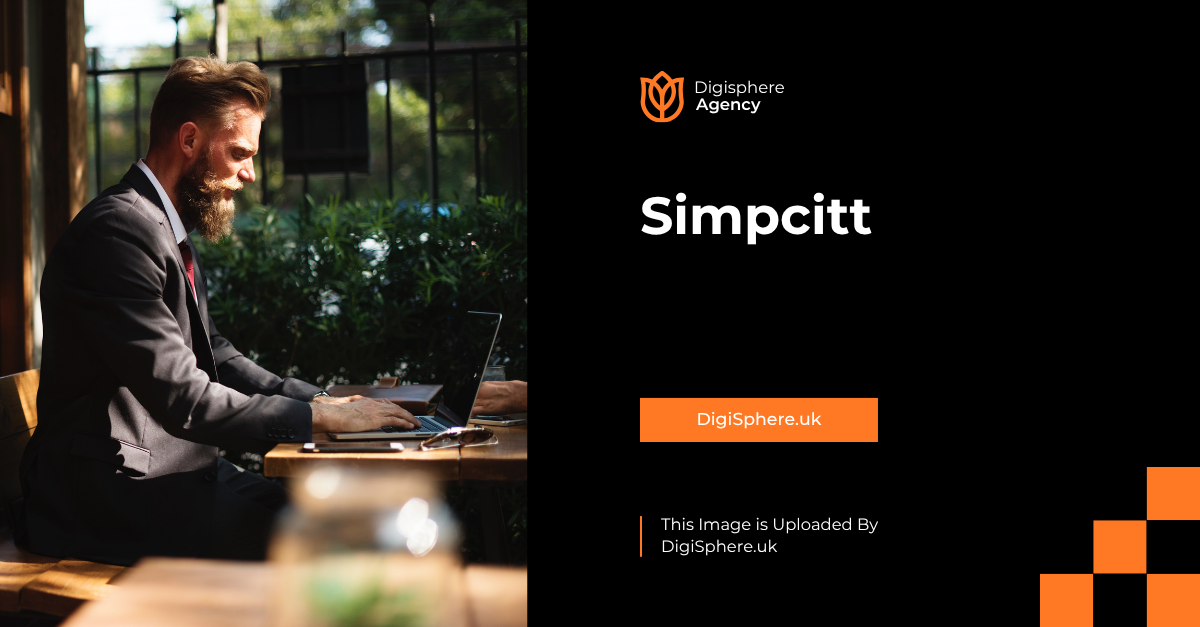
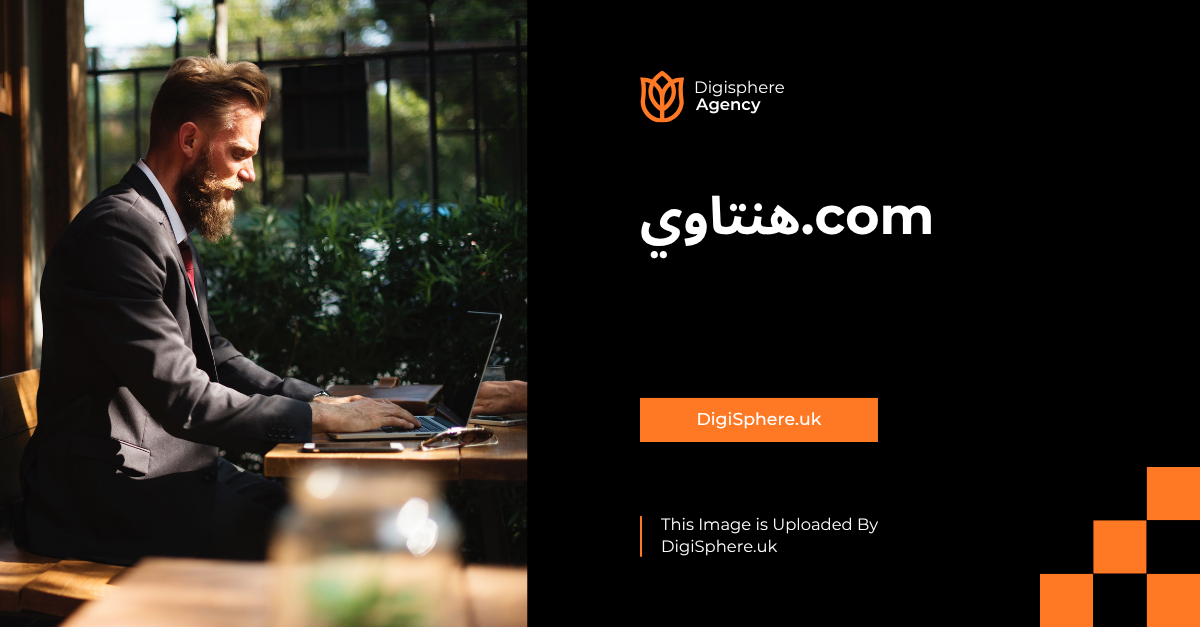

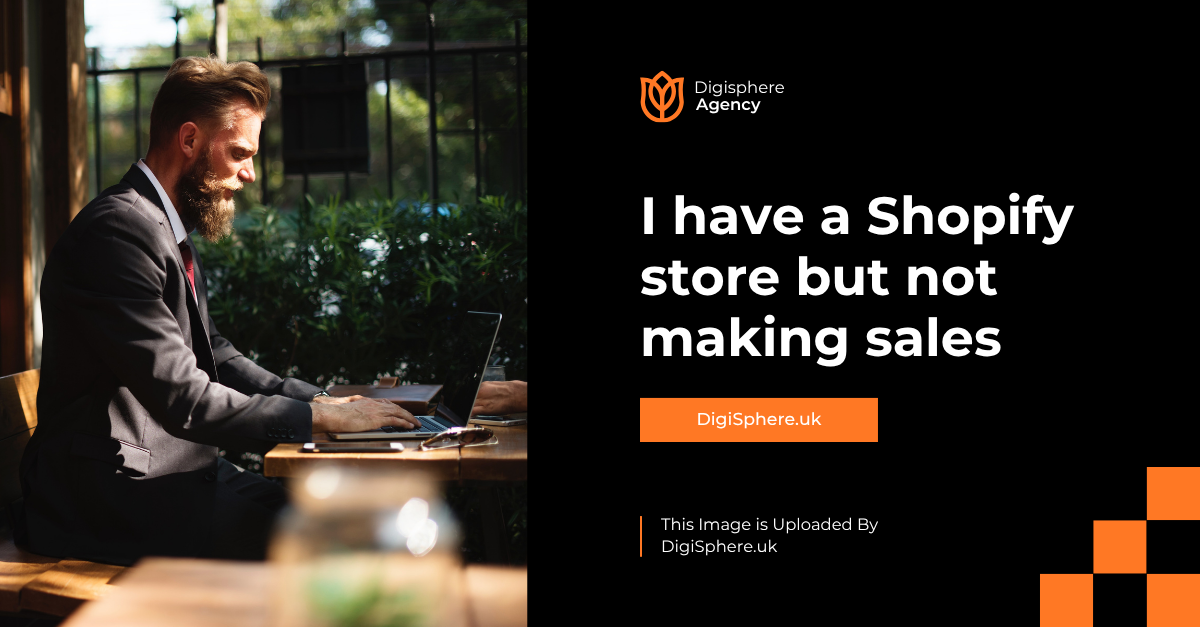

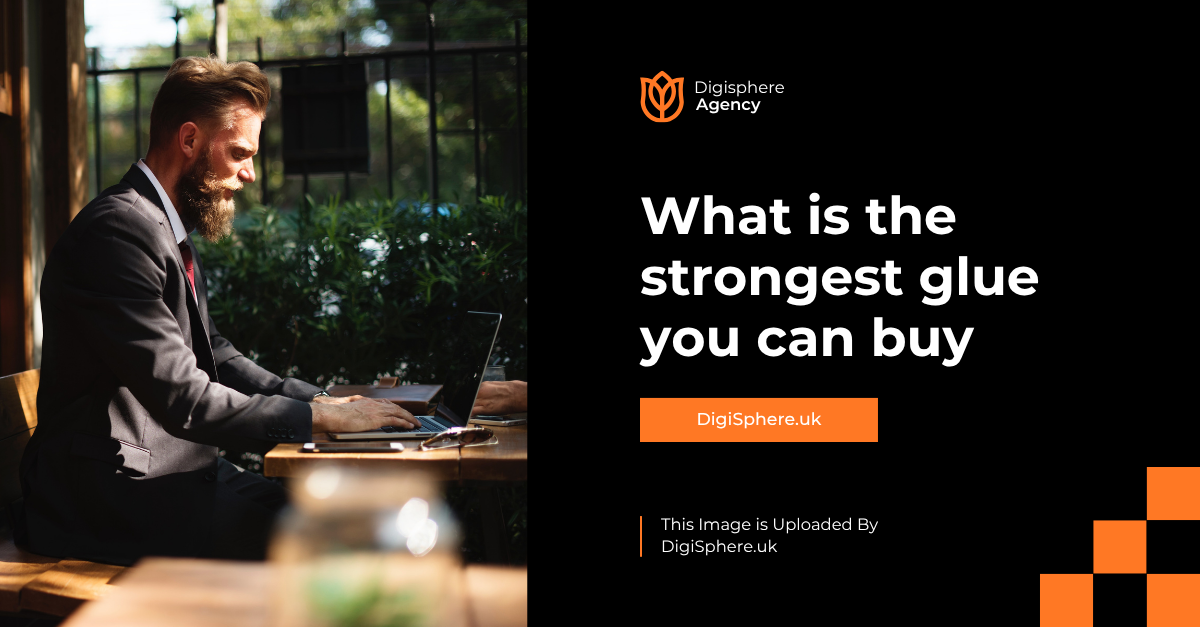
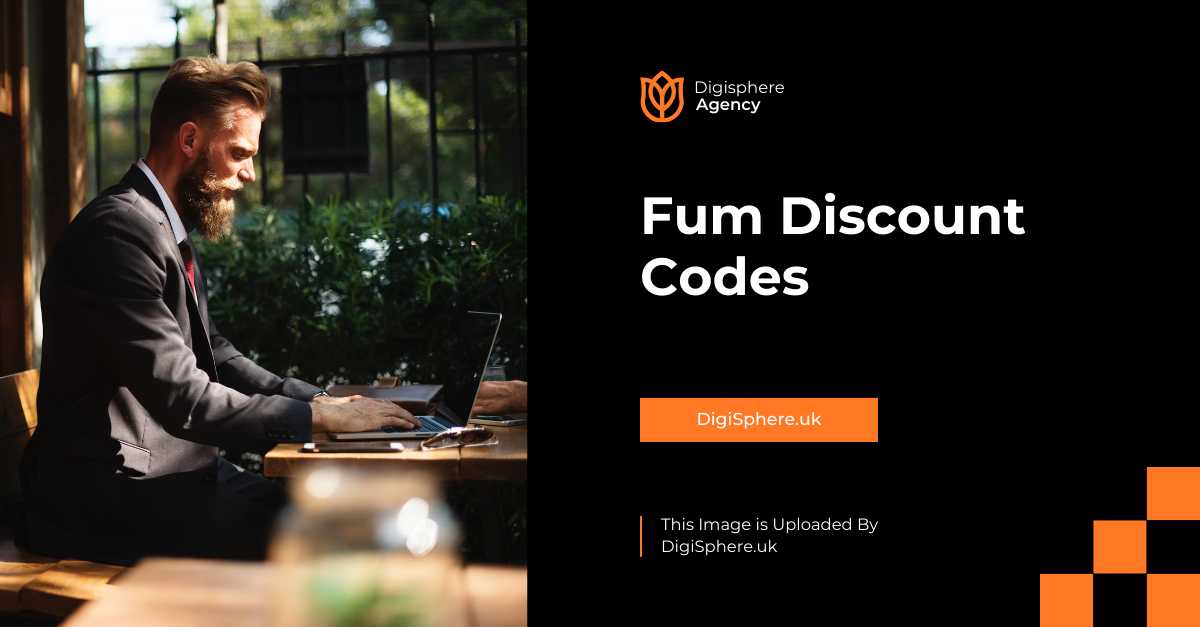
Leave a Reply